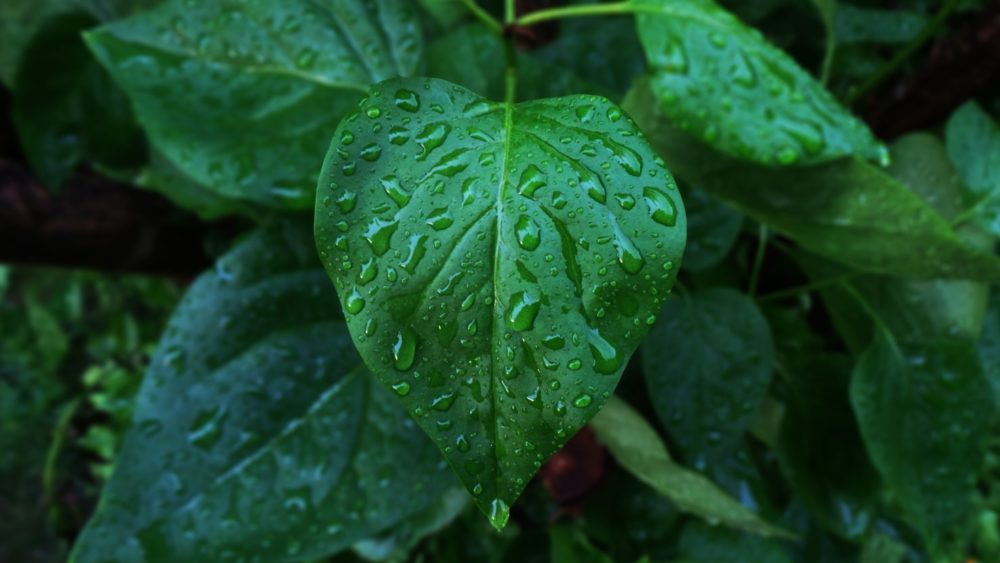Rain Gardens: Working with Nature to Mitigate Climate Change Impacts
Does your front yard transform to a pond each time it rains? Does your driveway become a river during a storm? Unfortunately, this is becoming the reality for many South Carolinians, especially in urban areas.
With an increase of urban development comes an increase in impervious, or water-resistant, surfaces. These surfaces – such as a roofs, parking lots and driveways – prevent the natural absorption of water into the ground. This results in flooding and excessive stormwater runoff, which causes erosion and carries harmful pollutants – such as pet waste, yard fertilizers, litter and gasoline – downstream and into our storm drains. Pollution that enters storm drains can then filter into waterways and eventually find its way to the ocean, putting sea life at risk.
On average, South Carolina gets 50 inches of rainfall per year – about 20 inches more than the national average. According to the National Oceanic and Atmospheric Administration (NOAA), extreme precipitation is only projected to increase due to climate change. More waterfall will result in an increase of flooding and stormwater runoff – one of the most serious threats to our water quality.
If you answered yes to the questions above, try working with the natural environment rather than against it. Have you heard of a rain garden? Building a rain garden is a simple, cost-effective (and even fun!) solution to alleviate climate change impacts in your area.
How do rain gardens work?
A rain garden is more than your average yard beautification – it provides resilience for an environment struggling with excessive rain and flooding. By definition, a rain garden is a sunken plot of land that allows rainwater from nearby water-resistant surfaces to flow and be naturally filtered and absorbed by native plants.
During a storm, rainwater will flow into the garden, where it is absorbed by plants and filtered through soil, removing pollutants and recharging the groundwater. This natural cycle results in less standing water and stormwater runoff, which in turn reduces flooding and erosion, while protecting water downstream from dangerous pollutants. Rain gardens also promote biodiversity and benefit wildlife, as native plants provide habitats for many native animals, from butterflies to birds. Talk about yard envy!
How do you build a rain garden?
Building a rain garden is a four-step process that requires careful planning, but low maintenance. According to the Clemson Cooperative Extension, in order to build a rain garden, you should:
1. Site a proper location based on the flow of water, distance from buildings, septic systems and sunlight.
2. Determine an accurate size depending on available space, total area of impervious surface and soil type
3. Decide on the most effective shape based on water flow, and start digging!
4. Plant the rain garden using the proper native plants and the appropriate mulch.
There are countless combinations of shapes, sizes and plants to include in your rain garden. It can be shady or sunny, large or small, bean-shaped or bowl-shaped and filled with whatever native plants suit your aesthetic and are tolerant enough to withstand both dry and rainy days.
For more detailed instructions on how to build your rain garden, visit Clemson’s “A Guide to Rain Gardens in South Carolina.”


